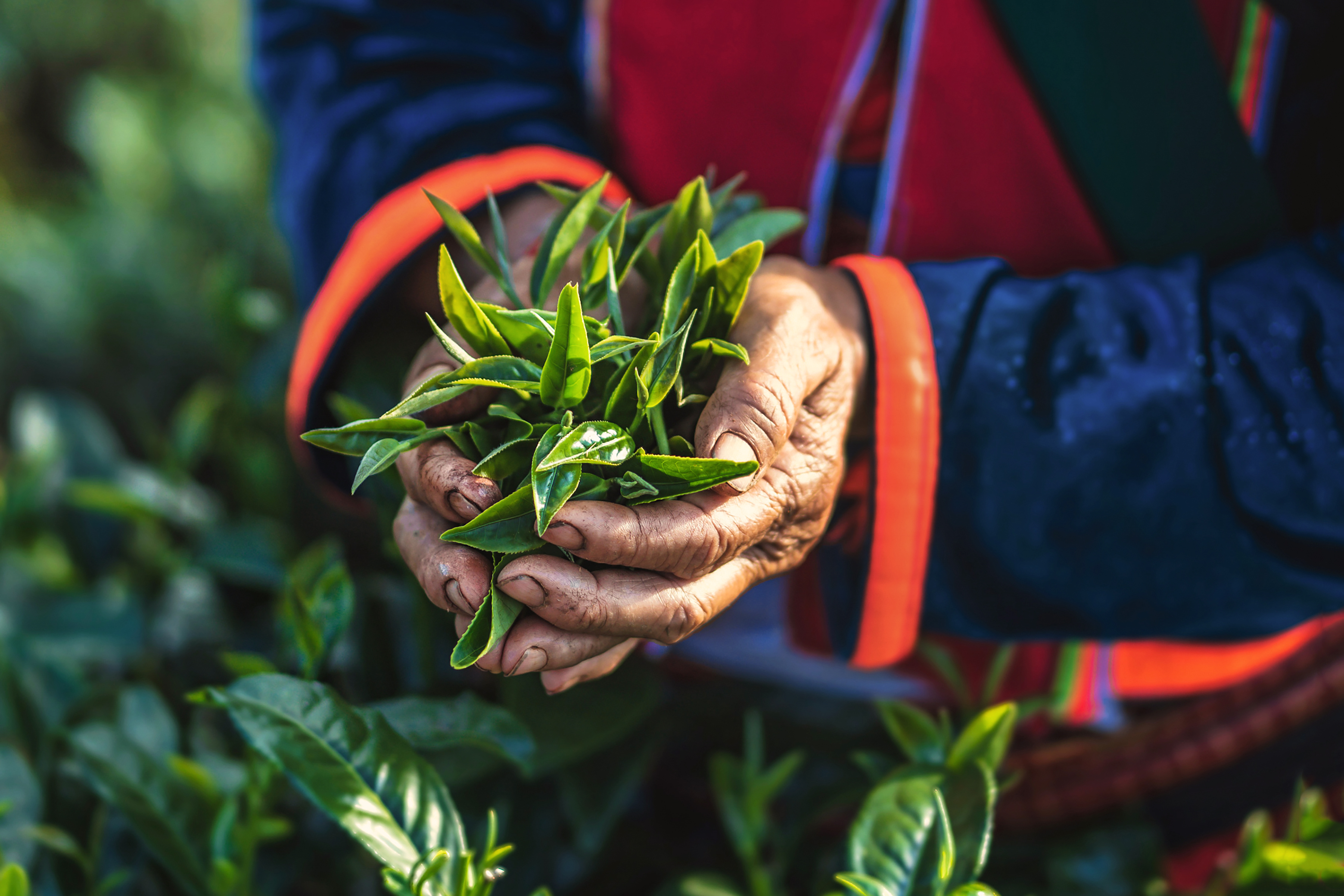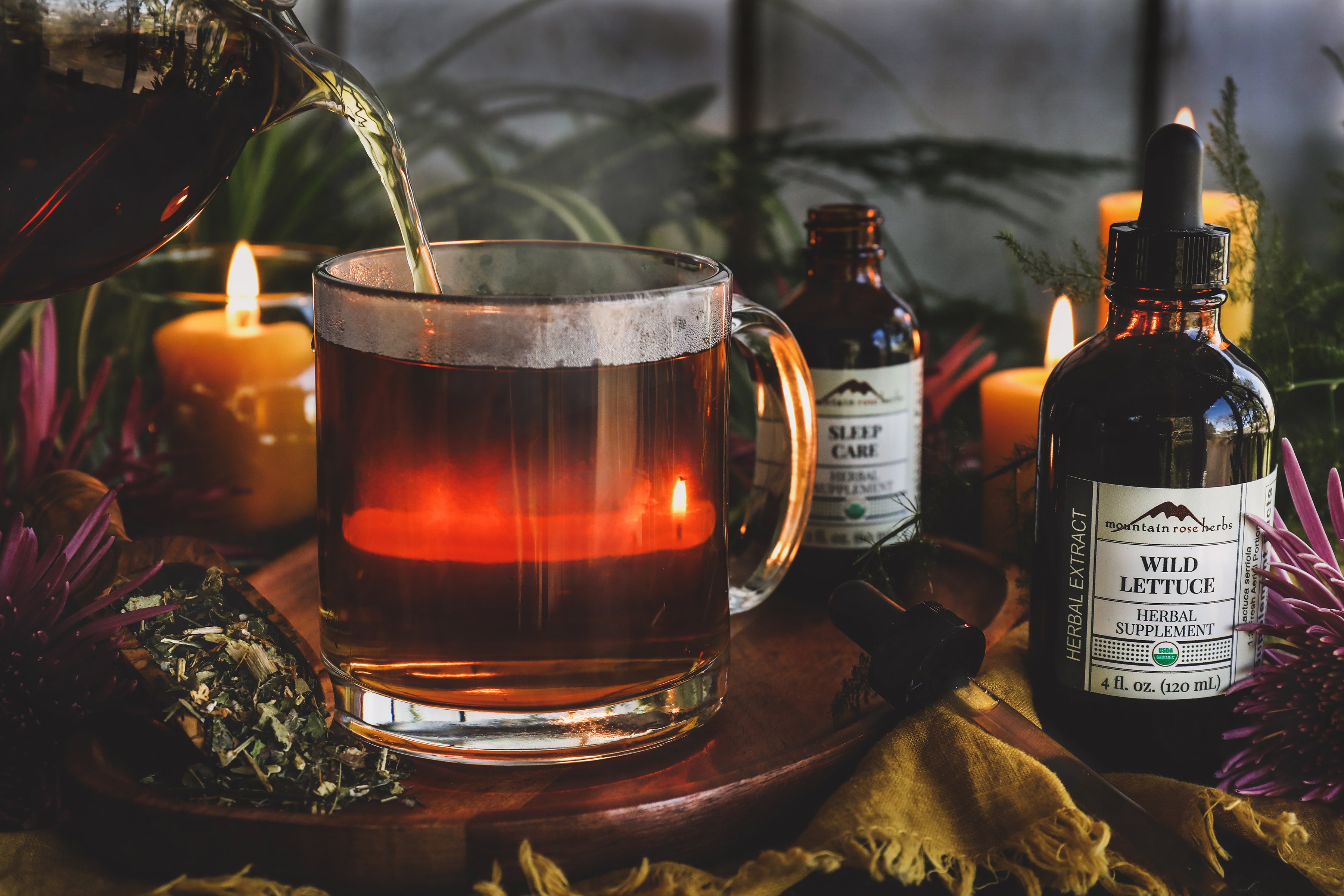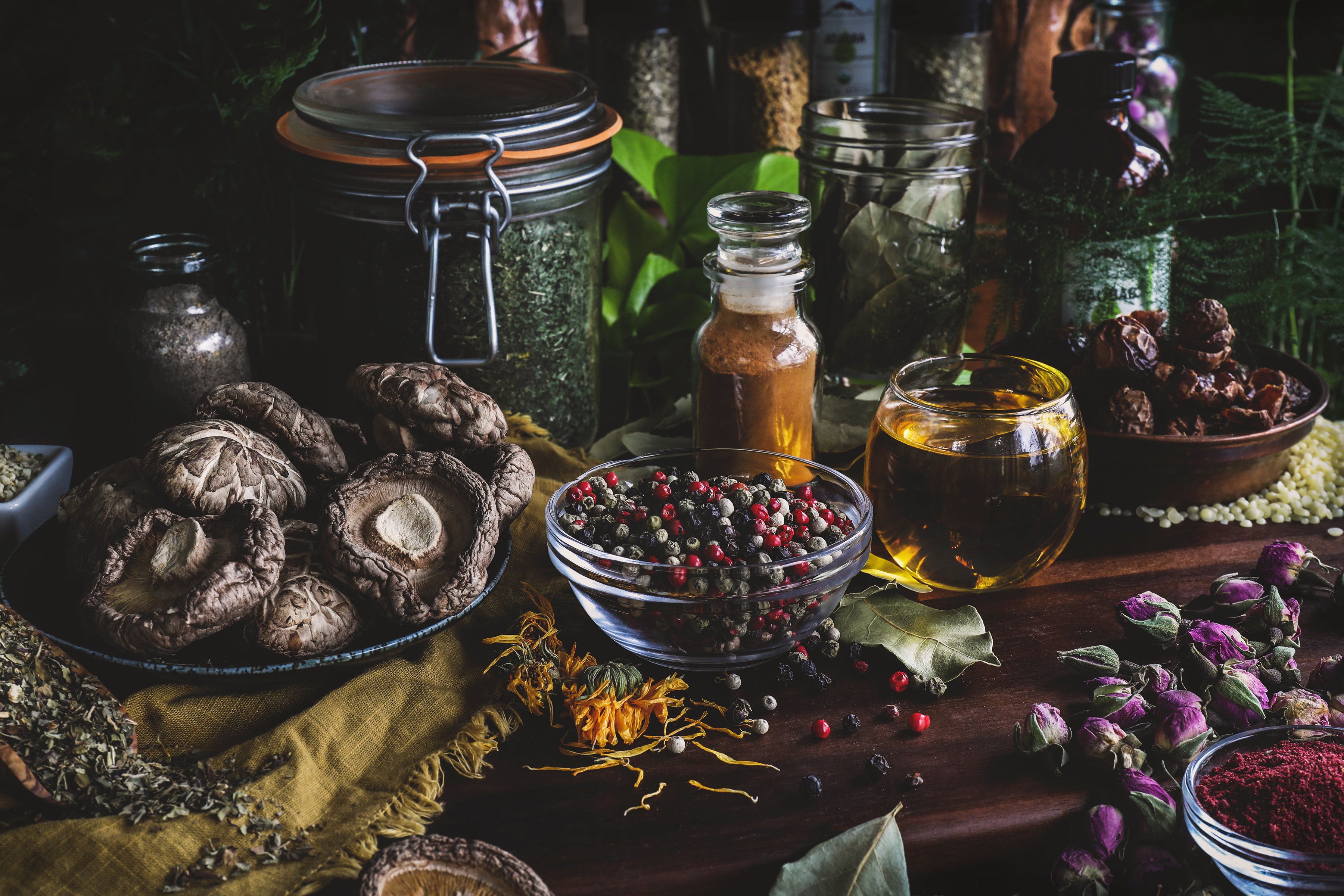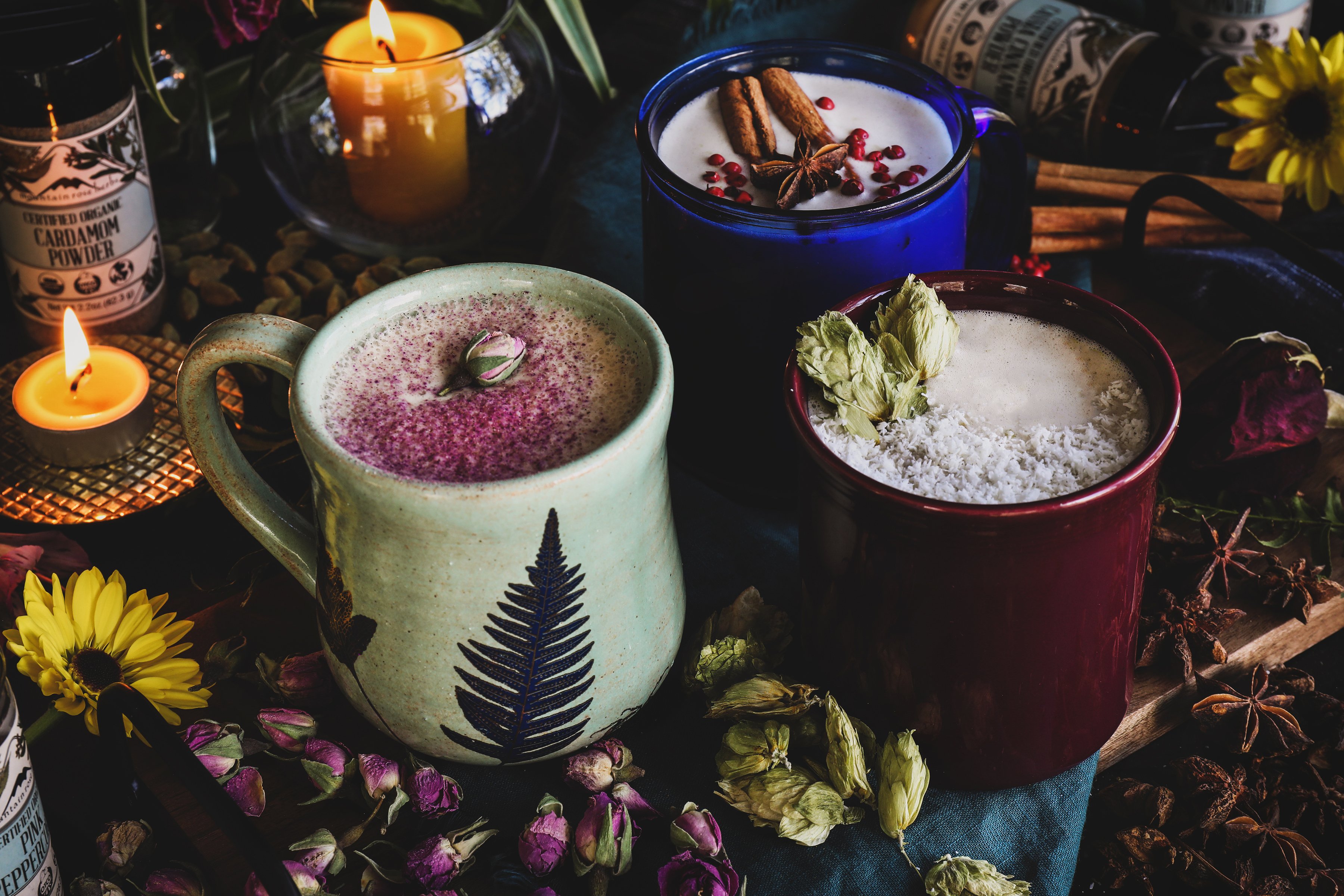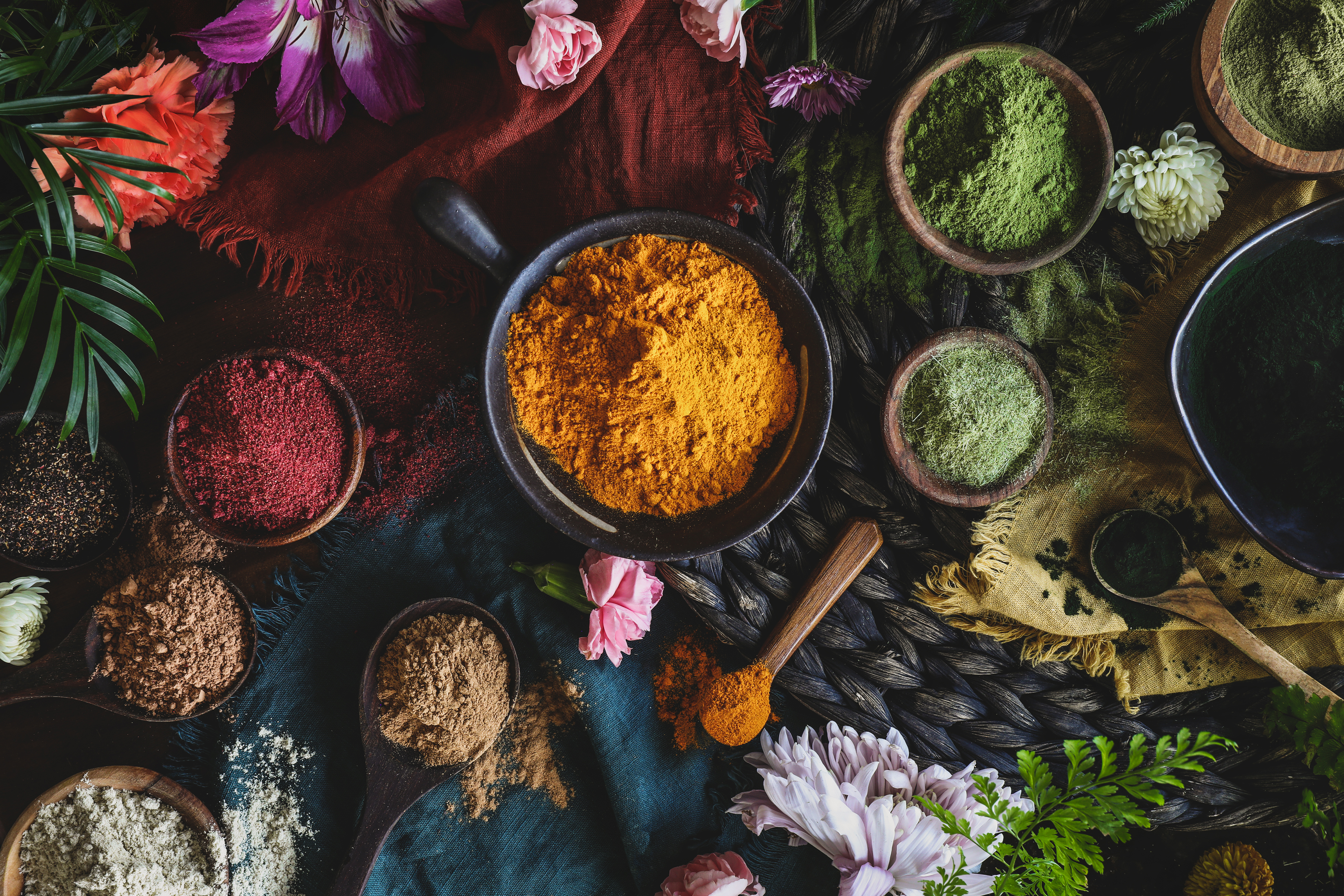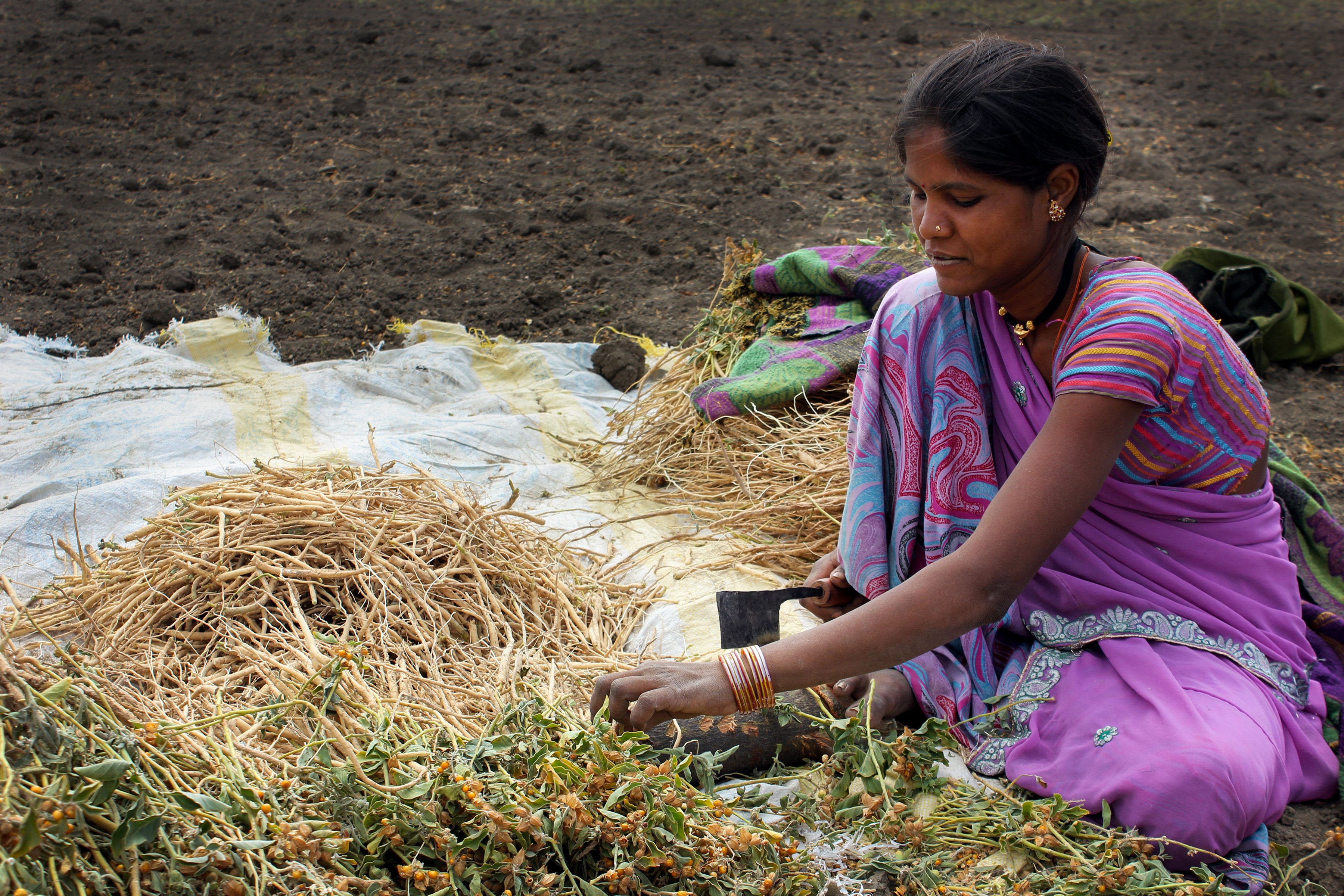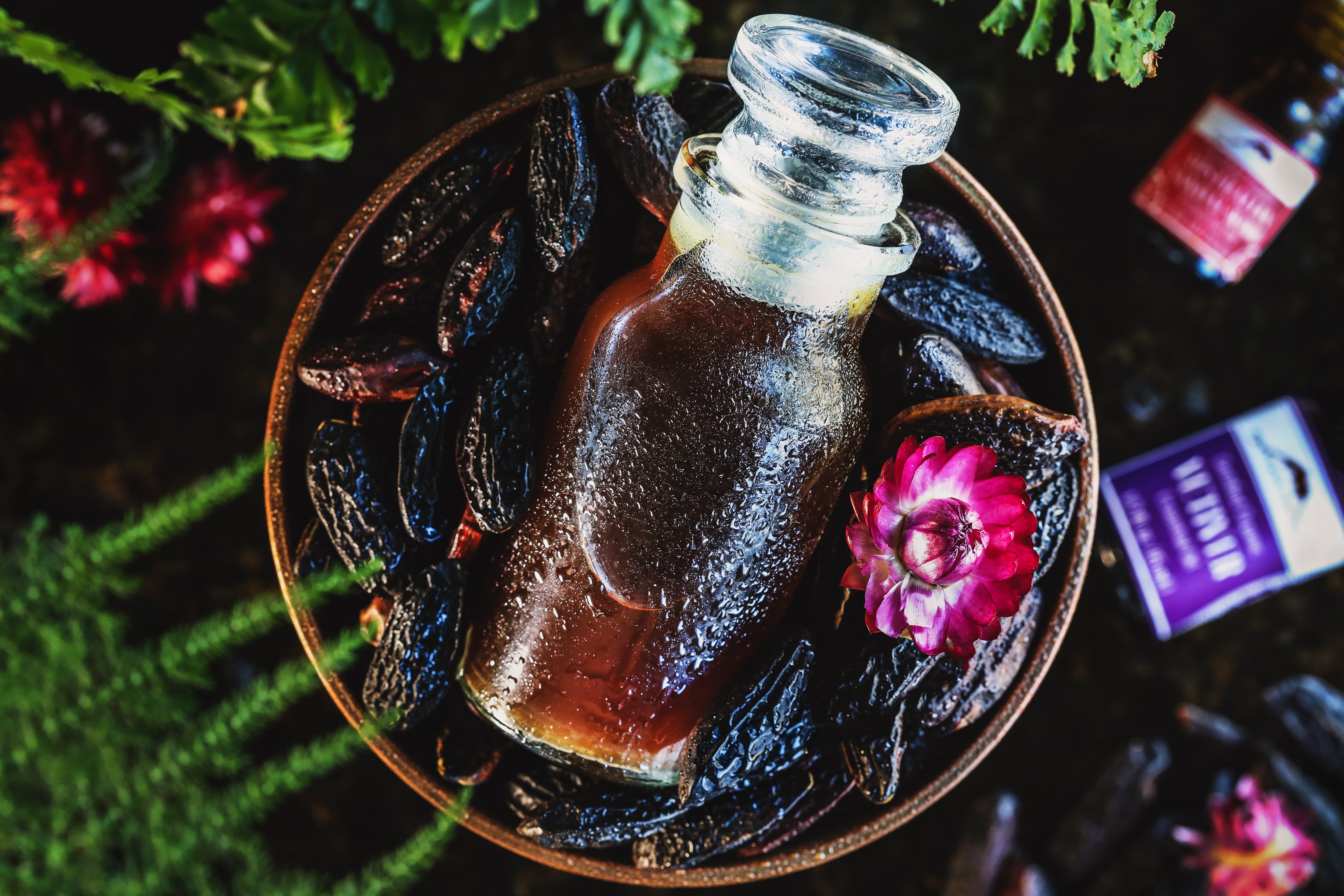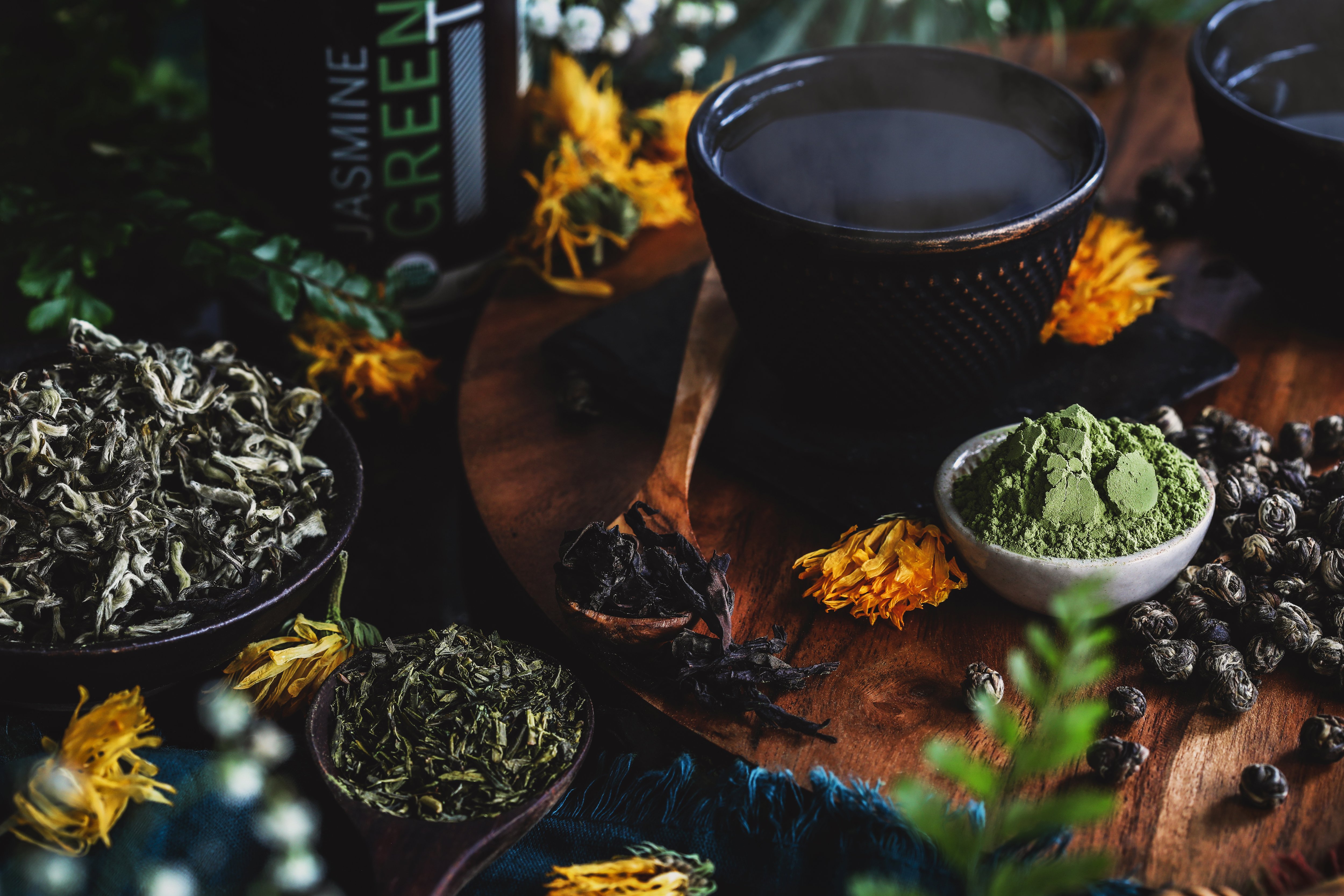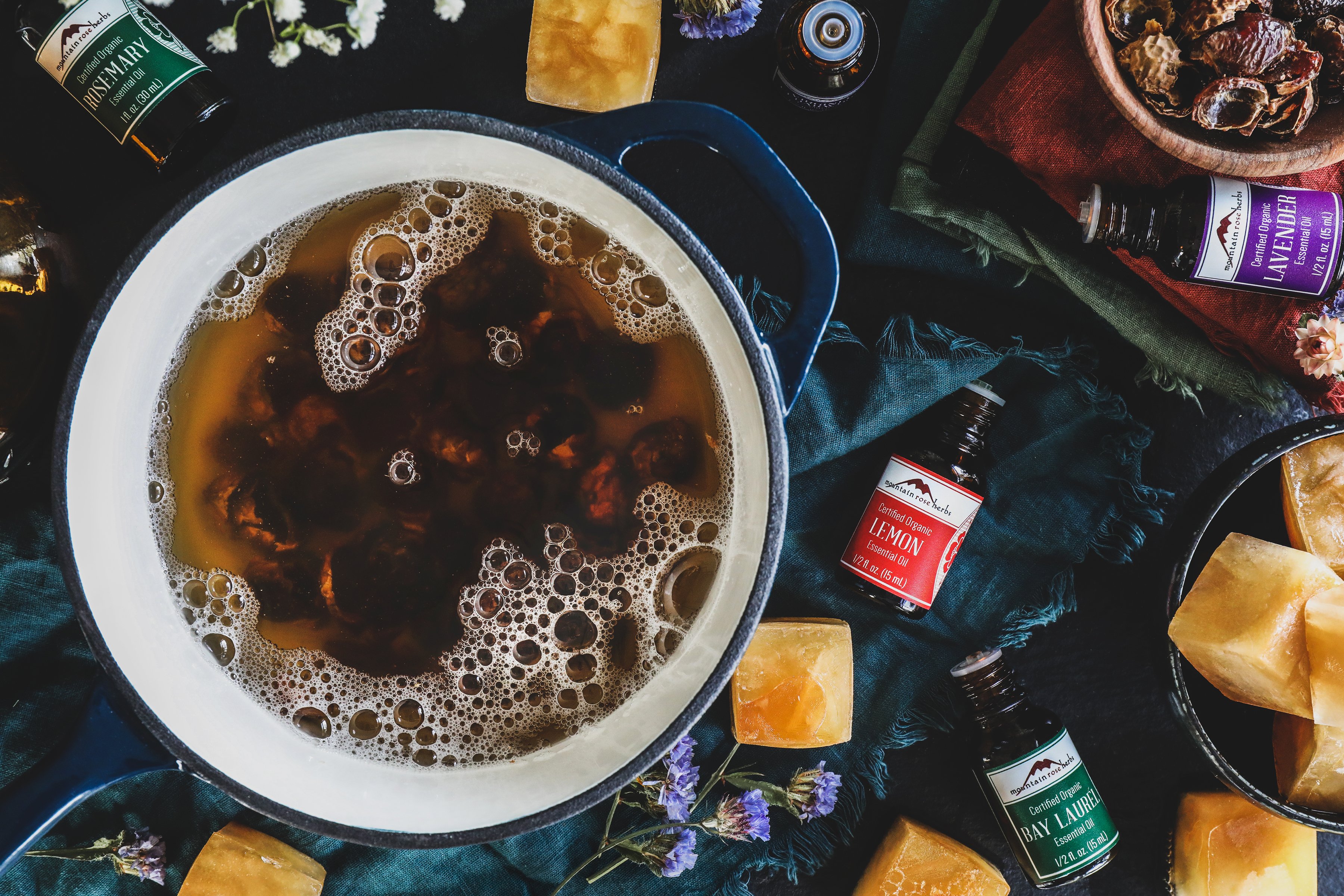Camellia sinensis is one of a small number of botanicals on the planet that has altered the course of history. This single precious plant—from which black, green, and white teas, among others, are made—has, for better or worse, been responsible for both the making and the fall of empires. Although it is the mother plant of a variety of teas, its power in the global marketplace is particularly potent when its leaves are fully oxidized to make black teas. Black tea is the most popular type of tea in the world, including here in the States. In 2019, the Tea Association of the U.S.A. reported that people in the U.S. consumed over 3.8 billion gallons of Camellia sinensis-based teas, 84% of which was black tea. What is it about black tea that is so alluring?
Read MoreIt was not until I found Ayurveda that I began to understand that the things I disliked about myself were the very things that made me perfect and were a beautiful representation of who I was meant to be—a driven, compassionate warrior goddess. Ayurveda gave me permission to love myself and teaches that we are deeply interconnected and yet so uniquely divine!

Wild lettuce is one of those “weed” herbs that is fairly common throughout North America. Its cultivation origins are from Southern Europe. The plant has a long history of use as a nervine and a bitter and, as such, is grown in a variety of places in Europe to capture the beneficial constituents in its latex, leaves, and seeds. Wild lettuce has become naturalized in the United States, where it is now regularly wildharvested.
Read More
I love the peace of knowing that I have both the skills and stock on hand to thrive in most of the situations life throws my way. I can confidently rely on my resourcefulness and forethought to help me whether I can’t get to the grocery store for a bit, need to pinch some pennies, or just ran out of laundry soap. The efforts that I put into this lifestyle are also in line with my sustainability goals and significantly reduce the waste generated from my household.

If drinking warm milk before bed sounds like the kind of advice you might hear from your grandma—well, it turns out grandma knows best again! Drinking heated creamy beverages before bed has been practiced for centuries and has helped people all over the world drift off into a restful sleep. It is also commonly recommended by Ayurvedic practitioners to calm fiery doshas and to help balance the body before bed. Nowadays, these magical cups of comfort are often referred to as moon milks and incorporate herbs and spices to help assist the body in relaxation.
Read More
Powdered herbs—whether we speak of culinary spices like cinnamon and garlic powder or nutritive herbs like acai, nettle leaf, and mushrooms—bring together the best of several worlds. They are highly nutritious, easily absorbed by our bodies, wonderfully convenient, and versatile in how we can use them. When stored correctly, herbal powders retain their nutrients, fiber, and flavor for about a year. And they are supremely easy to use. We can cook with them, make tea from them, add them to smoothies and juices, put them in capsules, or simply take them with water. They can also be added to skin and hair-care products and used as poultices for everyday insect bites/stings or minor abrasions. For many of us, herbal powders are the first herbs we ever used: in the form of the dried spices and herbs we add to our food for flavor. Let’s take a look at some of the healthful powdered herbs that are as easy to incorporate into our daily lives as adding salt and pepper to a meal.
Read More
Spring is in the air, and I’m more than ready to refresh my spirits, feel the sun on my face, and set out on new adventures. With that in mind, I’ve been gathering up my supplies to craft some of my favorite DIY essential oil blends for spring, ones that our Mountain Rose Herbs’ in-house aromatherapist developed with careful intent to clear the mind of lingering winter fog and bring the power and pleasure of aromatherapy wherever we travel, whether it’s a grand European tour or a trip to the grocery store. Warmer days are just over the horizon, which means now is the perfect time to create diffuser blends, fragrance oils, and aroma sprays in preparation for the annual blossoming of spring.
Read More
Ashwagandha (Withania somnifera) a plant highly praised in the Ayurvedic tradition, is in the Solanaceae, or nightshade, family. It’s been said that the herb may give both energy and calmness to those plagued with physical, mental, and emotional exhaustion. The species name somnifera means sleep-inducing, whereas ashwagandha comes from the Sanskrit words “ashva” and “gandha,” meaning “horse smell” since some think the roots of this calming plant smell like a horse. To each their own in the smell department; however, being a trophorestorative herb, it can bring “horselike” strength and vitality when used consistently over time. Ashwagandha has also been known to have a positive effect on cortisol levels due to real and perceived stress triggers and their subsequent physical and emotional symptoms. With stress being a way of life for many, the release of stress may also result in increased vigor and energy.

Alcohol-based perfumes never sounded attractive to me. I always thought using them would make me smell like I just came from the bar, which is generally not the vibe I am going for. This aversion persisted until I discovered tonka beans (Dipteryx odorata) and learned that alcohol extraction is the best way to bring out their dreamy aroma! Tonka beans are an excellent alternative to vanilla beans in aromatherapy creations and are roughly five times less expensive than vanilla, so you can save your true vanilla for cooking and use tonka beans to get those highly coveted notes for perfumery.

Green tea is one of the most popular beverages in the world. On average, 600,000 tons are consumed each year! It is predominantly enjoyed in China, Japan, and surrounding countries where many cups are poured throughout the day. Pretty remarkable for one plant, right?
Read More
I have to admit, it was really difficult for me to believe that soap nuts could actually work. My skepticism caused me to walk by them at my local natural grocery store for years. I liked the idea of an all-natural laundry solution, but I figured soap nuts would not be effective enough to take on the heavily soiled laundry from homesteading and an overall active lifestyle.


